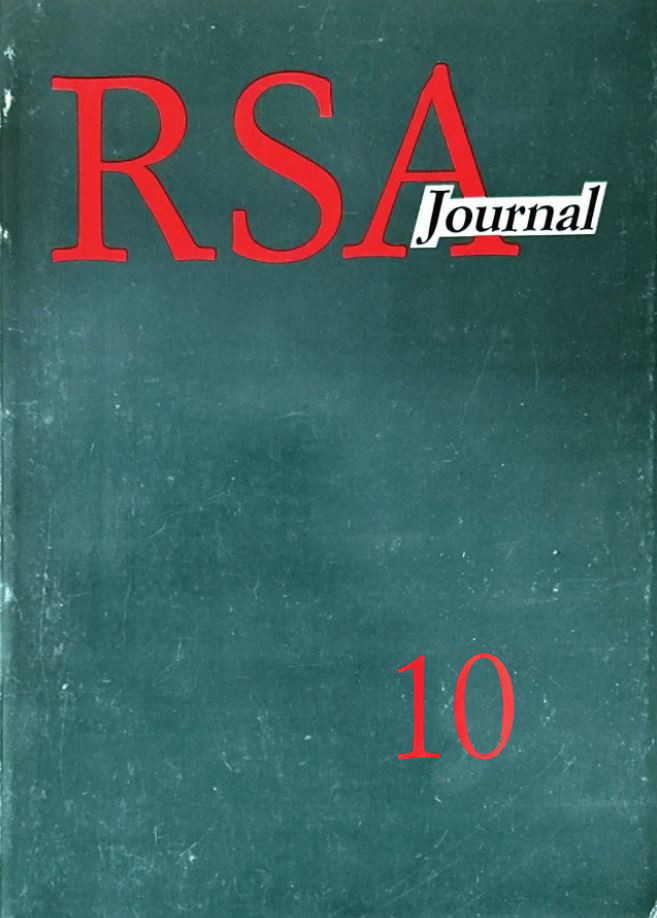Fantasies and Fools
Allegory in the Tales of F. Scott Fitzgerald
DOI:
https://doi.org/10.13135/1592-4467/9057Keywords:
allegory, reality, fantasyAbstract
This essay attempts to explain how Fitzgerald uses forma I elements of allegory to cross the boundaries of the real and the fictive, thus taking readers into 'a third area' that opens out onto a larger, 'suggested world', where they are expected to look for meaning beyound the reality represented. Like Brecht, whose Verfremdungseffekt is intended to demonstrate that things are seldom what they seem, especially the most common-place, that they need to be observed in context to be understood and acted upon, Fitzgerald places reality within ironicizing quotation marks: elements from the world outside the text are selected for use within the text, combined and presented quite candidly as realist fiction in order to point the reader in the direction of that suggested world.
Downloads
Published
Issue
Section
License
RSAJournal will apply a CC BY 4.0 license to all its contributions starting with issue 37 (2026). Previous issues are licensed under a CC BY-NC-ND licence.





